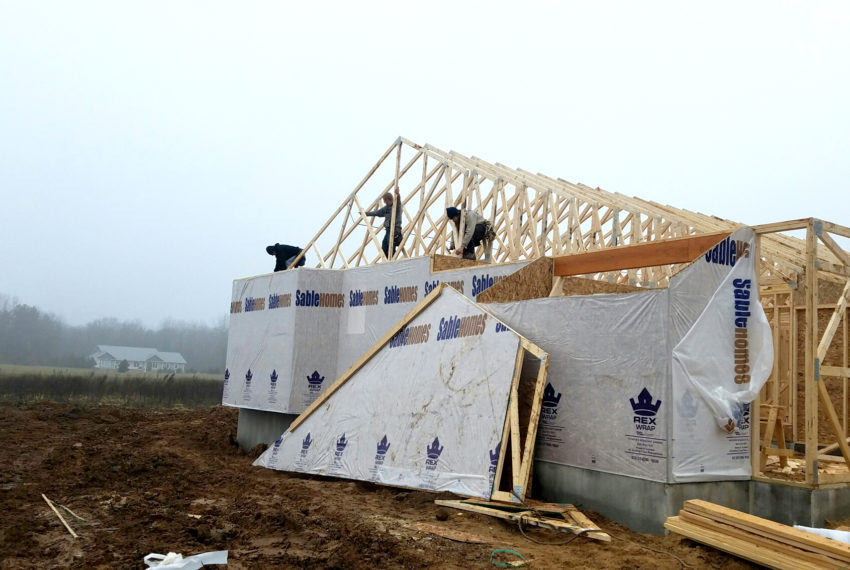
National residential and commercial construction concerns also felt in West Michigan
We know there is a nationwide shortage of buildable lots and skilled labor for the housing market. This also holds true for us in greater Grand Rapids, which was ranked third in Realtor.com’s top 10 U.S. cities with the “biggest housing shortages.” But homebuilders shouldn’t get too discouraged. Housing affordability still remains favorable heading into 2017 — even as it hit an eight-year low late last year.
According to the National Association of Home Builders, nearly 60 percent of new and existing homes sold between the beginning of October and end of December 2016 were affordable to families earning the U.S. median income of $65,700. This is down from the 61.4 percent of homes sold that were affordable to median-income earners in the third quarter. Meanwhile, the national median home price increased from $247,000 in the third quarter to $250,000 in the fourth quarter.
John Bitely, president of Rockford-based Sable Homes, expressed the housing struggles happening nationwide are similarly occurring right here in West Michigan.
“A concern I have is even though we are facing a strong construction market, we are equally challenged with having sufficient labor and finding affordable residential land to develop,” Bitely said. “Based on recent housing industry reports, we know the greater Grand Rapids area is ripe for residential development. However, many constraints at the local and state levels are a burden for developers these days.”
Earlier this month, U.S. News and World Report ranked Grand Rapids No. 19 among its list of “100 Best Places to Live in America,” beating out Houston, San Diego and San Antonio. Cities on the list had to have “a good value, a strong job market, a high quality of life and be a desirable place to live.” Two Grand Rapids suburbs were also named Wallethub’s 10 best communities for families in Michigan. And in December 2016, online real estate finder, Trulia.com, ranked Grand Rapids the fourth top market to watch in 2017.
With a record year in building 120 homes in 2016, Bitely anticipates that trend to continue throughout 2017 – despite provisions which add to increased lot costs, including local and state building codes, permit fees and amenity requirements for developments, such as adding sidewalks and excessive green space. Another trend also being noticed nationally – and locally — is the increased development of townhouse, which is most likely being driven due to increased development costs and restrictions being applied to land for new development.
“Buying land for housing developments is more expensive because of these required stipulations,” Bitely said. “I am cautiously optimistic about the strong commercial and residential construction market, but labor shortages as well as the shortage of buildable lots are becoming a genuine concern in West Michigan.”
